Flossing and brushing are two of the primary things you can do daily to ensure a white, bright, and healthy smile. However, if you feel like your smile still lacks that sparkle, you are not alone. When asked what they would like to improve about their smile, many people responded they would like to have whiter teeth.
The American Association of Orthodontists also revealed that over 90% of patients requested for teeth whitening. If you are considering getting your teeth whitened, it is important that you know as much about the procedure as possible so you can make an educated decision.
Factors That Can Change the Color of Your Teeth
Over time, the teeth can change their color for various reasons. Some of the factors that can affect the color of your teeth can include:
Food and Drink
Tea, red wine, and coffee are considered some of the prevalent staining culprits. What else do they have in common? Red wine, coffee, and tea also owe their intense color pigments to chromogens. Chromogens attach to the enamel or the whiter, outer part of the tooth.
Age
Below the enamel, is a soft area known as the dentin. Over time, the enamel can get thinner with brushing and more of the yellowish dentin becomes more apparent.
Trauma
If you have an injury in the mouth, it is possible for the tooth to change color as it will react to the injury by laying down more dentin.
Tobacco use
There are two chemicals found in tobacco that can create stubborn stains: nicotine and tar. Nicotine is colorless unless mixed with oxygen. From there, it can turn into a yellowish and surface-staining substance. Tar on the other hand is naturally dark.
Your Teeth Whitening Options
If you are considering teeth whitening, below are some of the options available at your disposal:
Stain removal toothpastes
Most toothpastes can help remove surface stains. However, if you want to whiten your teeth, you need to look for whitening toothpastes that have the ADA Seal of Acceptance for stain removal.
These toothpastes have polishing agents that can help ensure the removal of stains. Unlike bleaches, stain removal toothpastes will only remove the surface stains and will not change the color of the teeth. Do note that stain removal toothpaste may not be ideal for everyday usage due to its abrasiveness.
At-home bleaching from your dentist
Your dentist will give you a tray that’s custom-made for at-home teeth whitening. The dentist will also provide instructions on how the bleaching solution will be prepared and used. At-home bleaching can take anywhere from a few days to a few weeks, used for a couple hours during the day or used at night to sleep.
This is often the preferred option for those who are more comfortable whitening their teeth at home. This is also considered ideal since you will be supervised and guided by the dentist.
In-office bleaching
Also known as chairside bleaching, this procedure will typically require one visit to your dentist. Your dentist will either use a rubber shield to protect your gums or a protective gel before bleach is applied to your teeth. The results will be achieved in an hour to an hour and the half.
Over-the-counter bleaching products
There are different toothpastes and strips that can whiten your teeth that you can find in your local grocery store or online. However, the concentration of the bleaching agent in those products is lower than what dentists use in their office.
If you are considering using an over-the-counter bleaching kit, make sure you discuss what your options are with your dentists and you look for one with the ADA Seal of Acceptance. It means it has been tested and considered safe for teeth whitening.

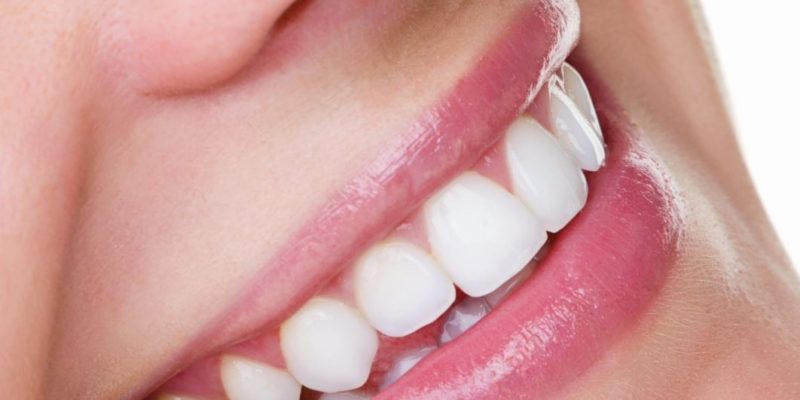
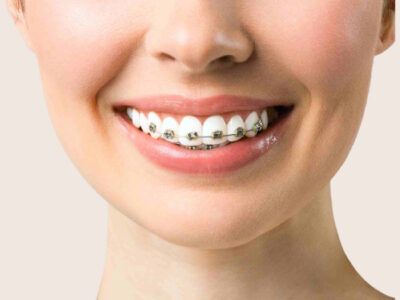
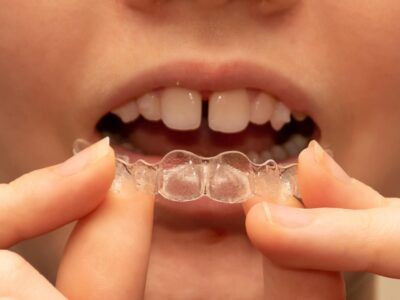
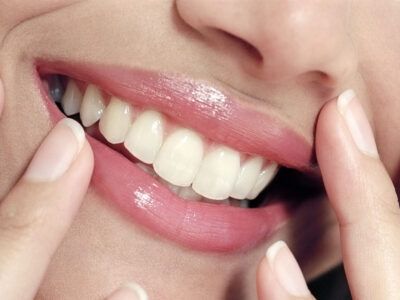
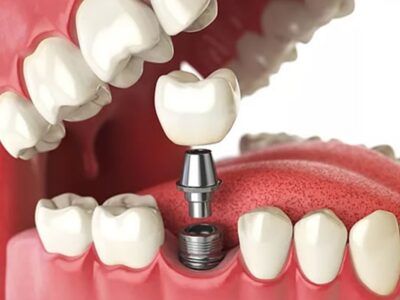
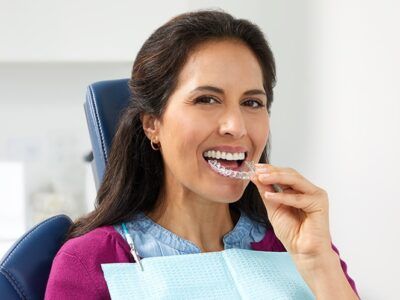
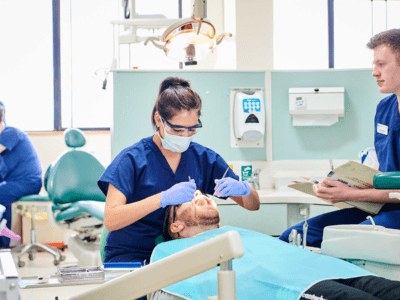





Comments